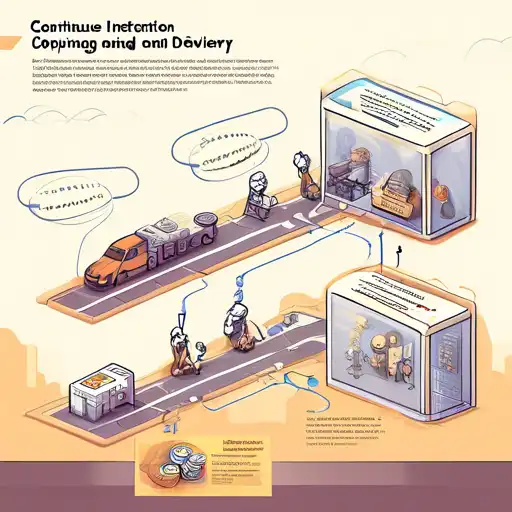What is Continuous Integration and Delivery?
Continuous Integration (CI) and Continuous Delivery (CD) are fundamental practices in modern software development, aimed at improving the speed and quality of software releases. CI/CD automates the integration of code changes from multiple contributors into a single software project, ensuring that the code is always in a deployable state.
The Benefits of CI/CD
Implementing CI/CD pipelines offers numerous advantages, including reduced manual errors, faster release cycles, and improved collaboration among team members. By automating the build, test, and deployment processes, teams can focus more on development and less on the logistics of software delivery.
Key Components of CI/CD
- Version Control System: All code changes are committed to a shared repository, such as Git.
- Automated Build: Tools like Jenkins or GitHub Actions compile the code into executable artifacts.
- Automated Testing: Every change is automatically tested to catch bugs early.
- Deployment Automation: Successful builds are automatically deployed to staging or production environments.
Best Practices for Implementing CI/CD
To maximize the effectiveness of CI/CD, teams should adhere to several best practices. These include maintaining a single source repository, automating the deployment process, and ensuring that every commit is built and tested. Additionally, fostering a culture of collaboration and continuous improvement is crucial for success.
Challenges and Solutions
While CI/CD offers many benefits, teams may face challenges such as integration complexities and resistance to change. Overcoming these obstacles requires a combination of technical solutions, such as using containerization for consistency across environments, and cultural shifts, like embracing DevOps principles.
For more insights into optimizing your development workflow, explore our guide on DevOps Practices.
Conclusion
Continuous Integration and Delivery are transformative practices that enable teams to deliver high-quality software rapidly and reliably. By understanding and implementing CI/CD, organizations can stay competitive in the fast-paced world of software development.
